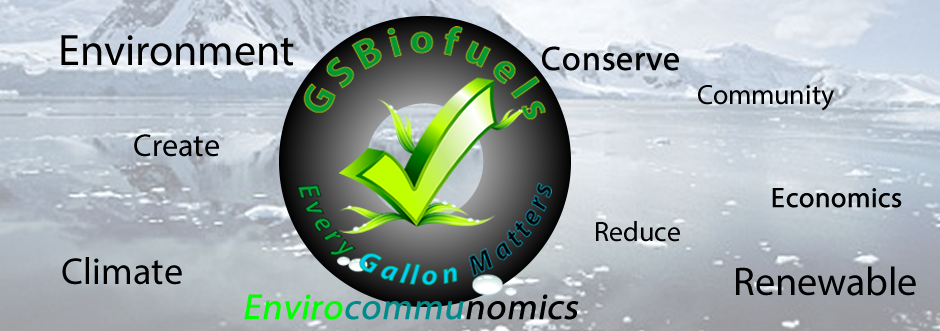Countries are meeting in Rome this week for the United Nations 16th Conference of the Parties to the Convention on Biological Diversity (COP16), where they will attempt to devise a strategy on how to generate $200 billion annually for the preservation of the planet’s biodiversity.
The main goal of the February 25 to 27 meeting is to review nations’ progress in carrying out their commitments under the Kunming-Montreal Global Biodiversity Framework (KMGBF), which includes targets such as protecting 30 percent of the planet’s land and oceans by the end of the decade.
Oscar Soria, co-CEO of The Common Initiative, an NGO think tank that focuses on global environmental and economic policy, said nations must rise above political tensions to focus on financing biodiversity, The Global and Mail reported.
“This could be a historic moment, if they choose ambition,” Soria said. “The question is whether they will fight for the future like gladiators or let this opportunity slip away.”
After KMGBF was established in 2022, countries met in Cali, Colombia, last October to discuss the details of how to finance it.
However, while the Cali Fund was established for the collection of company profits derived from nature’s genetic data, negotiators at the first COP16 weren’t able to agree on how the funds should be managed or who else should contribute.
“The Global Biodiversity Framework is more than just a set of aspirations – it’s our blueprint for a more sustainable and equitable future – one that prioritises nature’s integral value to our everyday lives. We cannot afford to let this slip through our fingers. The last thing the world needs right now is more roadblocks stunting the critical progress needed on global environmental commitments,” said Kirsten Schuijt, director general of WWF International, in a press release from WWF.
According to WWF, since 1970, the number of vertebrates in the wild has plummeted 73 percent.
At the close of COP16 in Cali, countries had committed only $163 million of the $30 billion per year that was being sought by 2030. It is not expected that there will be significant public finance pledges in Rome, but observers would like more transparency about how much is being paid by whom to support biodiversity, reported The Globe and Mail.
“Parties are expected to complete a crucial step by finalizing the monitoring framework agreed upon at COP 15. The monitoring framework is essential to the implementation of the KMGBF because it provides the common yardsticks that Parties will use to measure progress against the 23 targets,” a UN press release said. “On [Planning, Monitoring, Reporting and Review], Parties are expected to make important decisions on how progress in the implementation of the KMGBF will be reviewed at COP17 as part of the planned global stocktake.”
One of the toughest challenges is figuring out how to get richer European and other countries to give money to help poorer nations when the willingness to give low-interest loans or grants has been falling during a wider cost-of-living crisis, The Globe and Mail reported.
Though the United States is not a participant in COP16, recent Trump administration policy shifts could have an effect on other countries’ willingness to pledge funds and support pro-nature policies.
Poorer nations put the blame for most of the world’s biodiversity loss on companies and countries in the Global North, saying they should pay the lion’s share of the costs. Meanwhile, rich countries like those in Europe want to see sovereign wealth funds, countries in the Gulf States and other growing middle-income nations contribute more.
“At least US$20 billion per year was promised to developing countries by 2025, as well as action on identifying and redirecting US$500 billion in harmful subsidies to nature. Crucial to all funding is ensuring Indigenous Peoples and local communities receive direct access to funds to continue their role as custodians of the world’s biodiversity. We’re already in 2025 – these commitments must be honoured,” said Guido Broekhoven, head of policy research and development at WWF.
In the face of reluctance to donate money as grants, there is rising pressure to add funding from other sources, such as domestic resources, the private sector and lending through development banks.
Countries at COP16 in Rome will also discuss ways to divert an estimated $500 billion that is spent annually on subsidies and other funding incentives for projects that hurt the environment into activities that are nature-friendly.
Where to house any raised funds is also an issue, with the potential to create a new fund or for nations to use an existing one, such as the Global Environment Facility (GEF)-run Global Biodiversity Framework Fund.
Europe is fine with GEF managing any funds, but others, such as Brazil and Democratic Republic of Congo, have argued for a new system over which they would potentially have more of a voice.
“Countries must come to Rome committed to having constructive dialogues and with a genuine political will to find the best way forward on finance. Biodiversity loss will have far-reaching consequences that humanity is yet to even fully grasp. Countries have no option but to work together to lay a strong, just, and well-resourced path to reaching our shared biodiversity goals, because the road to 2030 must be built together – or we risk never reaching it at all,” Schuijt said.
The post Countries Meet in Rome for Second COP16 Biodiversity Conference appeared first on EcoWatch.


 More land is allocated to golf courses than renewable energy, a new study in our journal Environmental Research Communications shows: ow.ly/y6WR50V4l8c.
We don’t suggest eliminating golf courses, but it highlights the potential of rethinking land use to boost renewable energy.
More land is allocated to golf courses than renewable energy, a new study in our journal Environmental Research Communications shows: ow.ly/y6WR50V4l8c.
We don’t suggest eliminating golf courses, but it highlights the potential of rethinking land use to boost renewable energy. 
 www.ceh.ac.uk/press/biodiv…
www.ceh.ac.uk/press/biodiv…